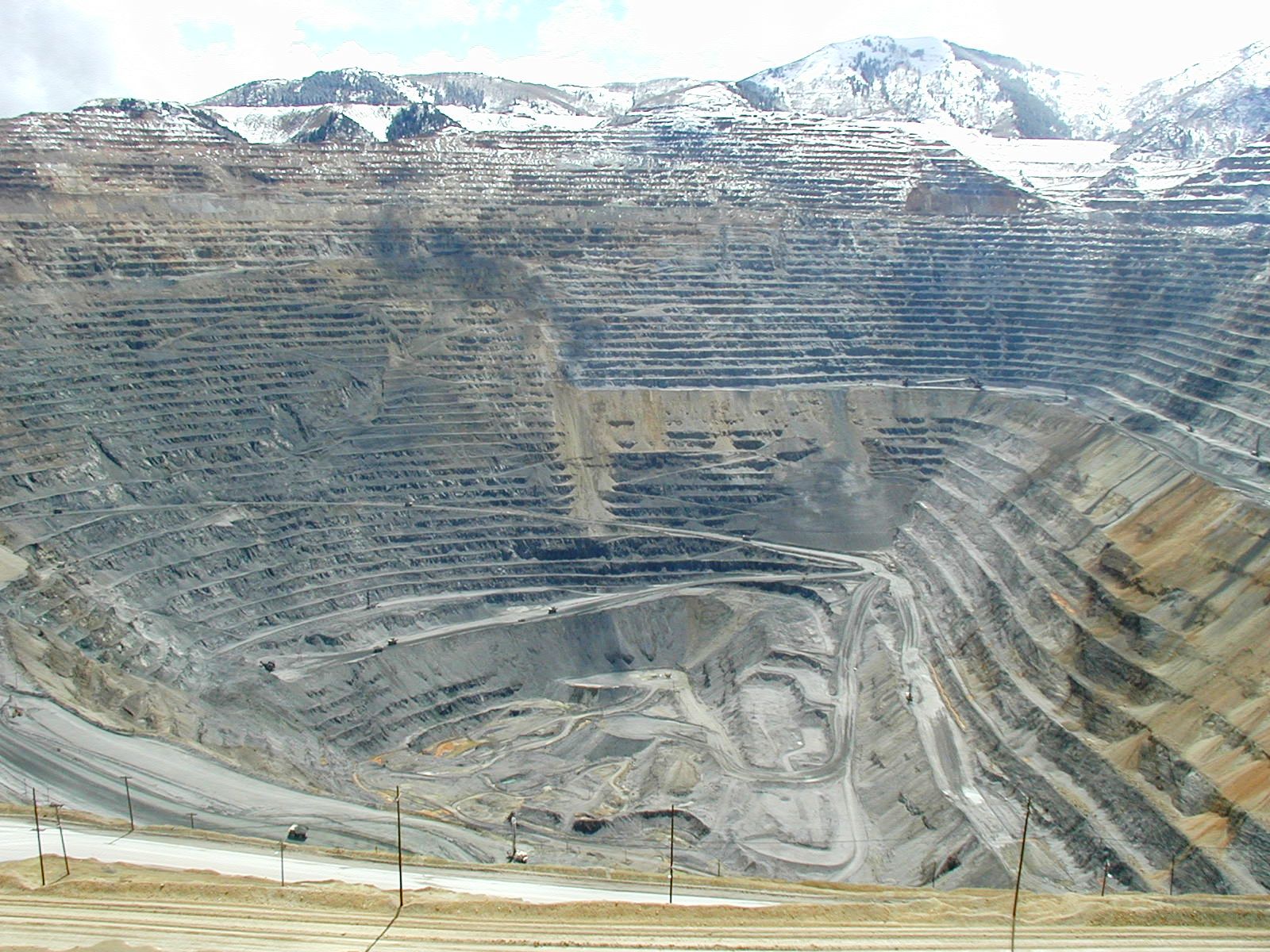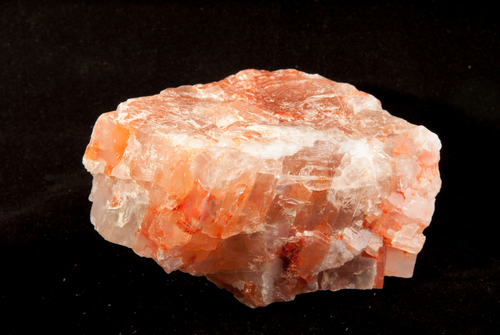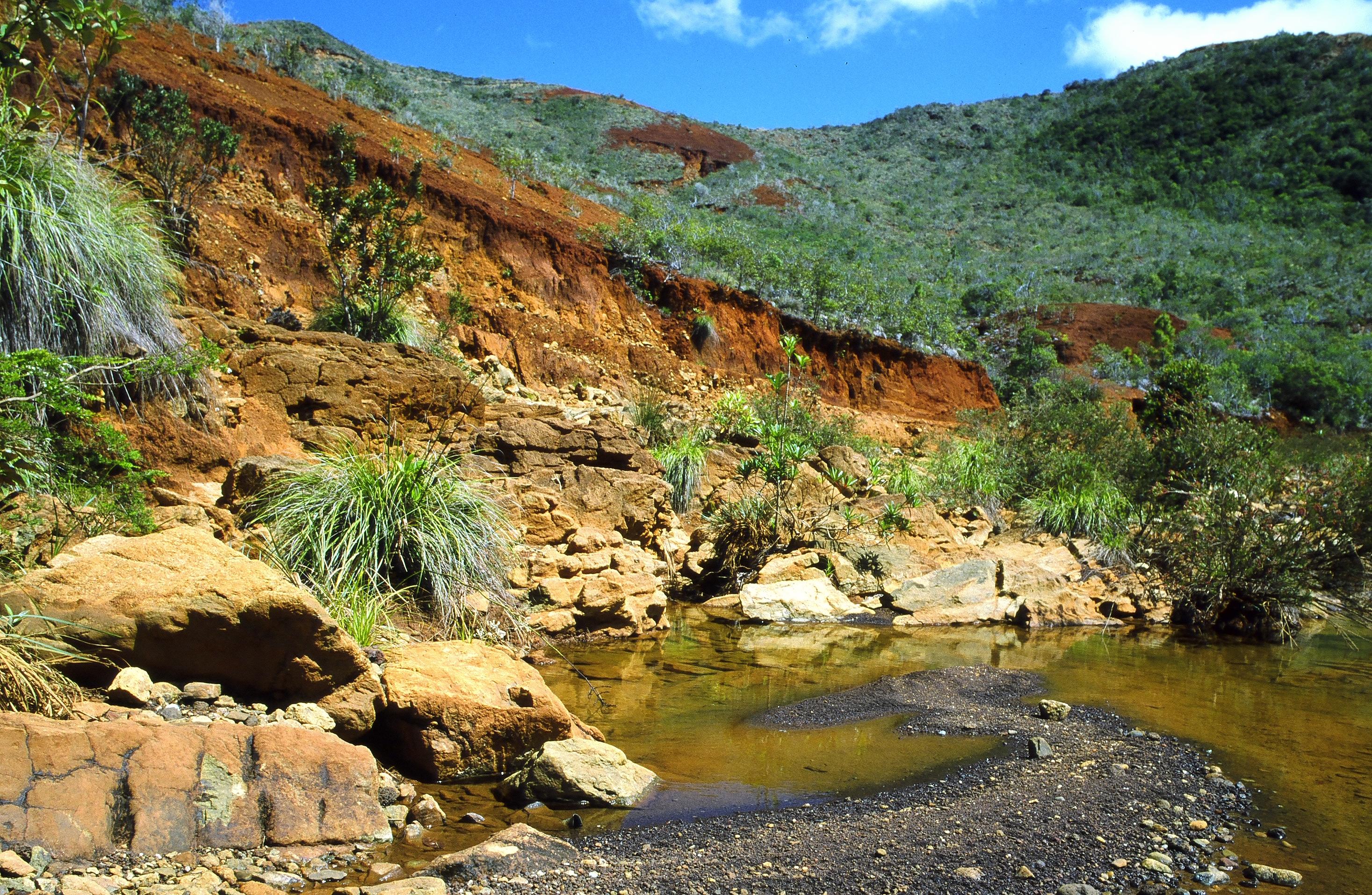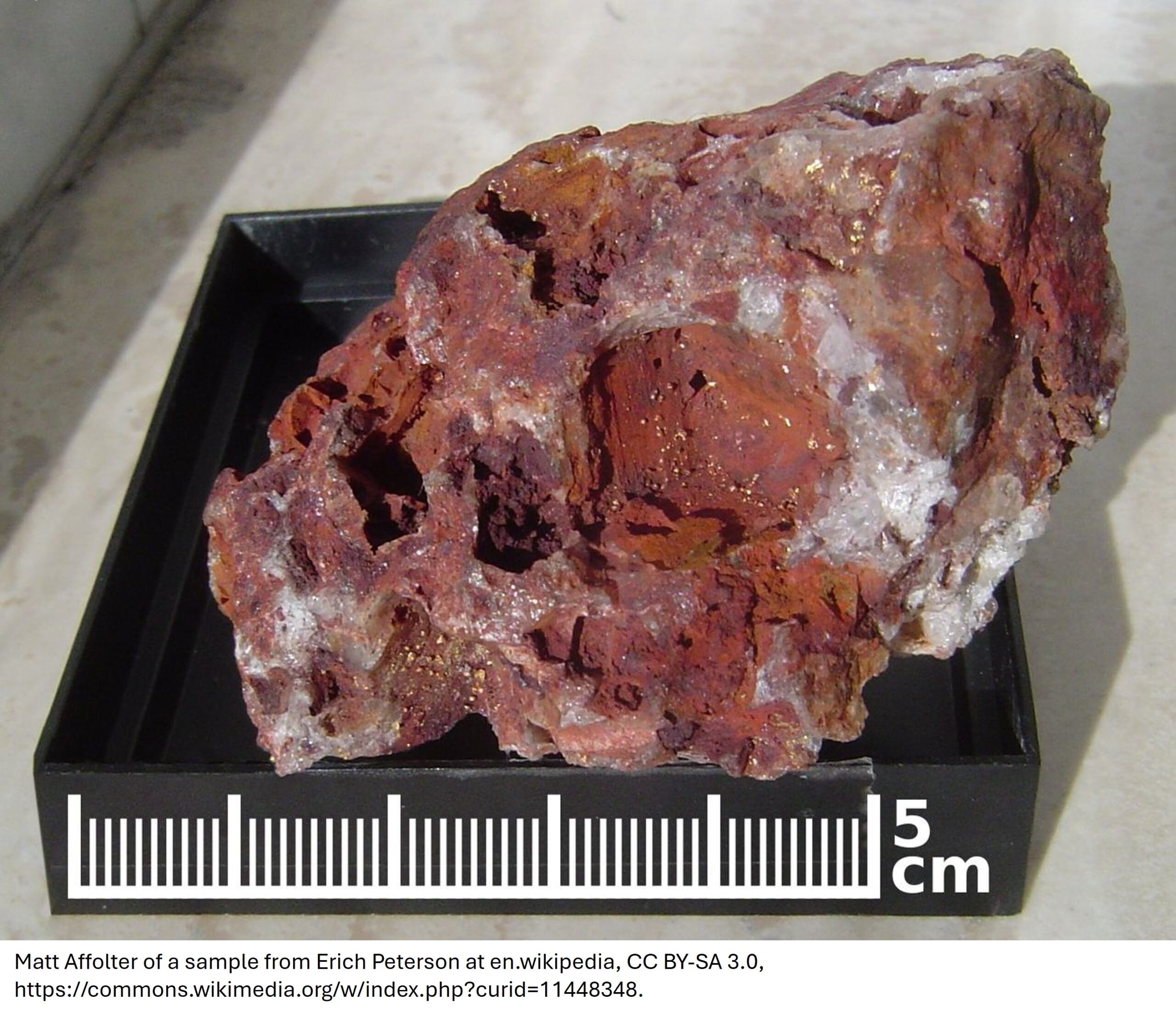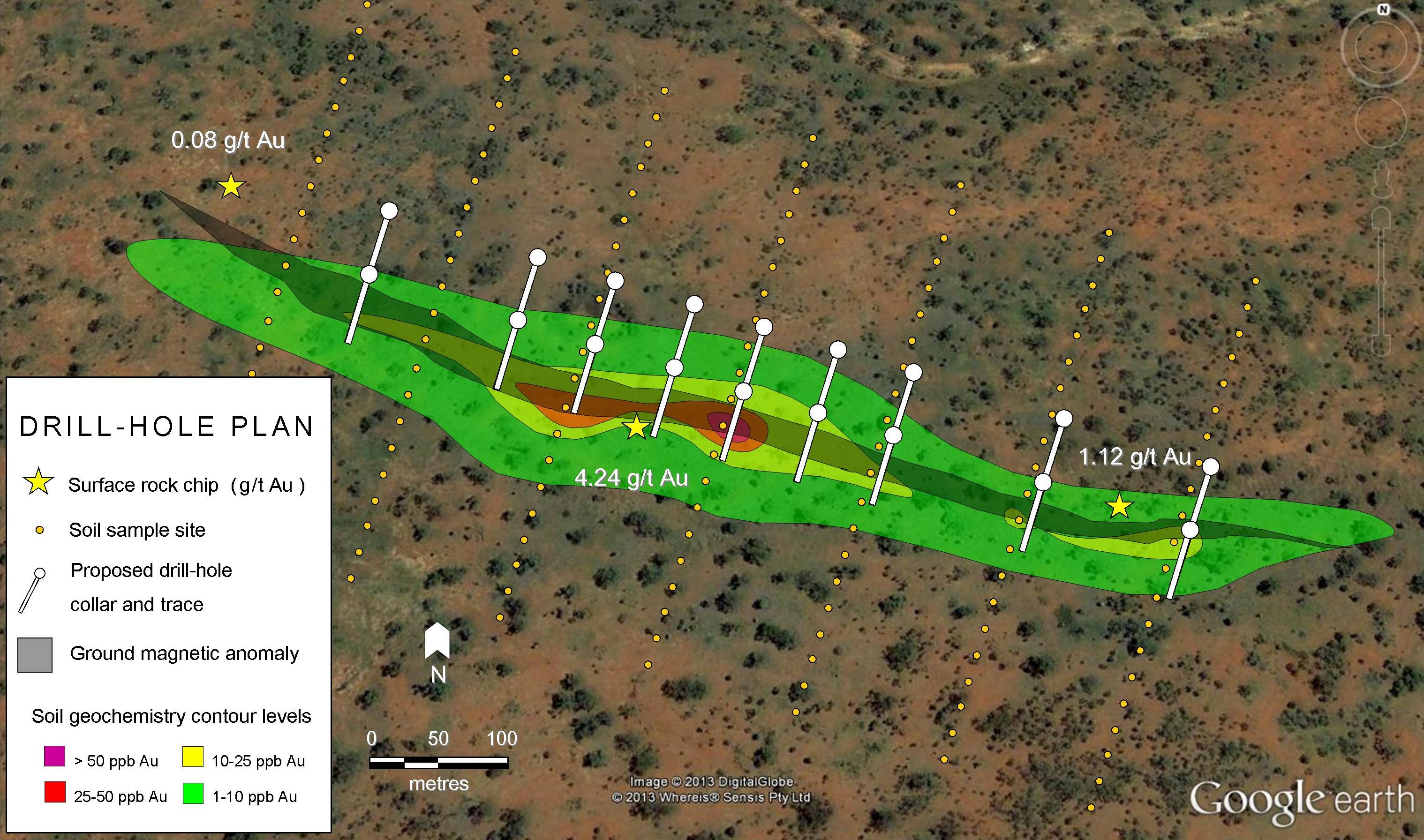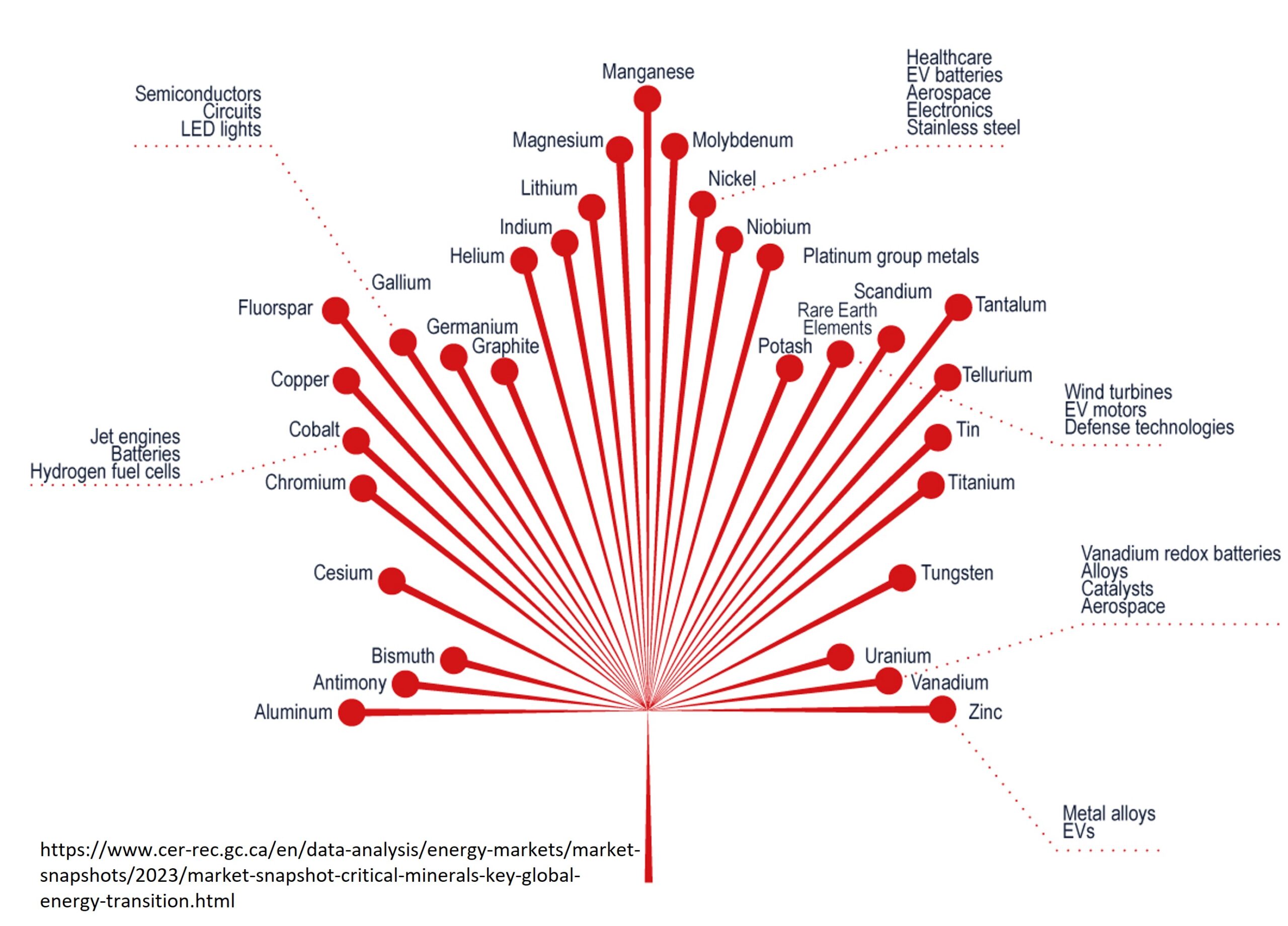It’s worth reminding ourselves once and a while that geophysical surveys are just tools. They can help narrow the field for exploration geologists, but they certainly can’t be used to mark the X on a company treasure map.
[box type=”info” align=”aligncenter” ]Disclaimer: This is an editorial review of a public mining company press release and is not an endorsement. It may include opinions or points of view that may not be shared by the companies mentioned in the release. The editorial comments are highlighted so as to be easily separated from the release text and portions of the release not affecting this review may be deleted. Read more at How to Use this Site.[/box]
CALGARY, ALBERTA–(Marketwired – July 10, 2014) – Silver Mountain Mines Inc. (TSX VENTURE:SMM) (“Silver Mountain” or the “Company”) is pleased to announce the commencement of its 2014 exploration field program at its wholly-owned Ptarmigan Mine property located near Radium, British Columbia (the “Property”).
The 2014 exploration field program will include further gravity surveys in the Ptarmigan basin and an estimated 3,200 metres 2014 diamond drill program to test and confirm mineralized depth. The area surrounding the Property hosts an abundance of documented former producing mines, including the Mineral King, Blue Bell and Paradise Mines. The Company believes that currently identified mineralization could include both polymetallic Ag-Au-Cu-Pb-Zn veins and Ag-Au-Pb manto style mineralization.
[box type=”note” align=”aligncenter” ]Manto style mineralization is another term for poly-metallic replacement ore bodies. These types of deposits form when gold-silver and lead bearing hydrothermal fluids replace minerals within the host rock with metal-bearing sulfide minerals. These types of deposits are associated with igneous intrusions which act as the source of the heat and fluids. As such, manto deposits are often associated other intrusion-related deposits, such as copper porphyries.[/box]
Management’s 2014 goal is to better define and increase both size and potential of the Ptarmigan Basin using all compiled data with updated interpretations from its 2012 and 2013 programs to strategically plan its 2014 exploration program.
Key highlights from prior programs in the Ptarmigan Basin to date include:
- A gravity survey that defined numerous gravity anomalies (previously released on January 22nd, 2014)
[box type=”note” align=”aligncenter” ]The company describes the mineralization as semi-massive to massive. In geology, the term “massive” describes a rock with uniform size and composition and is not a reference to size or weight. In this case they are describing the uniform distribution of metal-bearing minerals. That would be expected where the mineralization is vein-hosted or occurs along fault-lines.
The company appears to be relying heavily on gravity surveys to help identify subsurface targets. Since rocks of a higher density (like those containing metals) have stronger gravitational response, they would be expected to contrast from the sedimentary host rocks on a gravity survey. Gravity surveys are fairly expensive since they require a large number of measurements using very sensitive equipment.
While we talk a lot about geophysical surveys, its worth reminding ourselves once and a while that these surveys are just tools. They can help narrow the field for exploration geologists, but they certainly can’t be used to mark the X on a company treasure map. Case in point: Silver Mountain’s recent winter drill program that involved testing gravity anomalies on its Ptarmigan property didn’t hit any mineralization at all. That said, the drill-hole data will help the company improve their knowledge of the subsurface structure and will no doubt be used to update their previous interpretations of the project geology. One positive result of the drilling was the identification of intersecting subsurface faults. Since faults can act as fluid channels, they are prospective for mineralization.[/box]
- At least two fault zones have been identified, hosting high grade Ag+/-Au+/-Cu+/-Pb+/- Zn mineralization with strike length of at least 1.4 km trending north-northeast from the Iron Cap through the Upper Ptarmigan and Ptarmigan Mine to the Dunwalk and then on to the North Ridge.
[box type=”note” align=”aligncenter” ]The company has discovered that the highest grades occur within two fault zones. This suggests that the mineralization is structurally controlled, though depending on the age of the the faults and the age of the mineralization not all of the faults on the property may host metal-bearing veins. One of the jobs of the geologists is to determine the sequence of events that led to the current geology of the area.[/box]
- The most significant mineralized zones tested by the 2012 drill program were in the Ptarmigan Mine area and a mineralized fault structure in the East Ptarmigan area. Drill result highlights include: 1,576 grams per tonne (g/t) silver (Ag) and 0.74 g/t gold (Au) over 0.6 metres (m) in PT 12-72; 433g/t Ag and 0.54 g/t Au over 1.4 m, including 666 g/t Ag and 0.79 g/t Au over 0.9 m in PT12-74; and, 9,680 g/t Ag and 8.48 g/t Au with 4.22% copper (Cu) over 0.3 m in PT12-75 (previously released, November 15th, 2012)
- Other drill intercepts includes: 452 g/t Ag over 6.8 m; 839 g/t Ag over 2.9 m; 1,642 g/t Ag over 1.1 m; and, 4,806 g/t Ag and 6.99 g/t Au over 0.3 m. (previously released on October 16, 2012)
The content of this news release has been reviewed by Rick Walker, B.Sc., M.Sc., P. Geo., a Qualified Person for the purposes of NI 43-101, with the ability and authority to verify the authenticity and validity of the data herein
[box type=”note” align=”aligncenter” ]Silver Mountain Mine’s stock is currently trading at $0.035, about halfway between it’s 52-week range of $0.022 and $0.055.[/box]
About Silver Mountain Mines Inc. (TSX VENTURE:SMM)
Silver Mountain Mines Inc. is a Canadian based exploration and development company with 100% ownership of a 9,986 hectare property centered on the historical silver rich Ptarmigan Mine in south eastern, British Columbia. The property hosts two styles of mineralization: silver rich, high-grade polymetallic epithermal veins and manto style massive / semi-massive sulphide mineralization.
[box type=”success” align=”aligncenter” ]Have a company or release you’d like us to look at? Let us know though our contact page, through Google+, Twitter or Facebook.[/box]
Subscribe for Email Updates

